Home>Interior Design>Will Baking Soda Bleach Clothes? Laundry Experts Explain
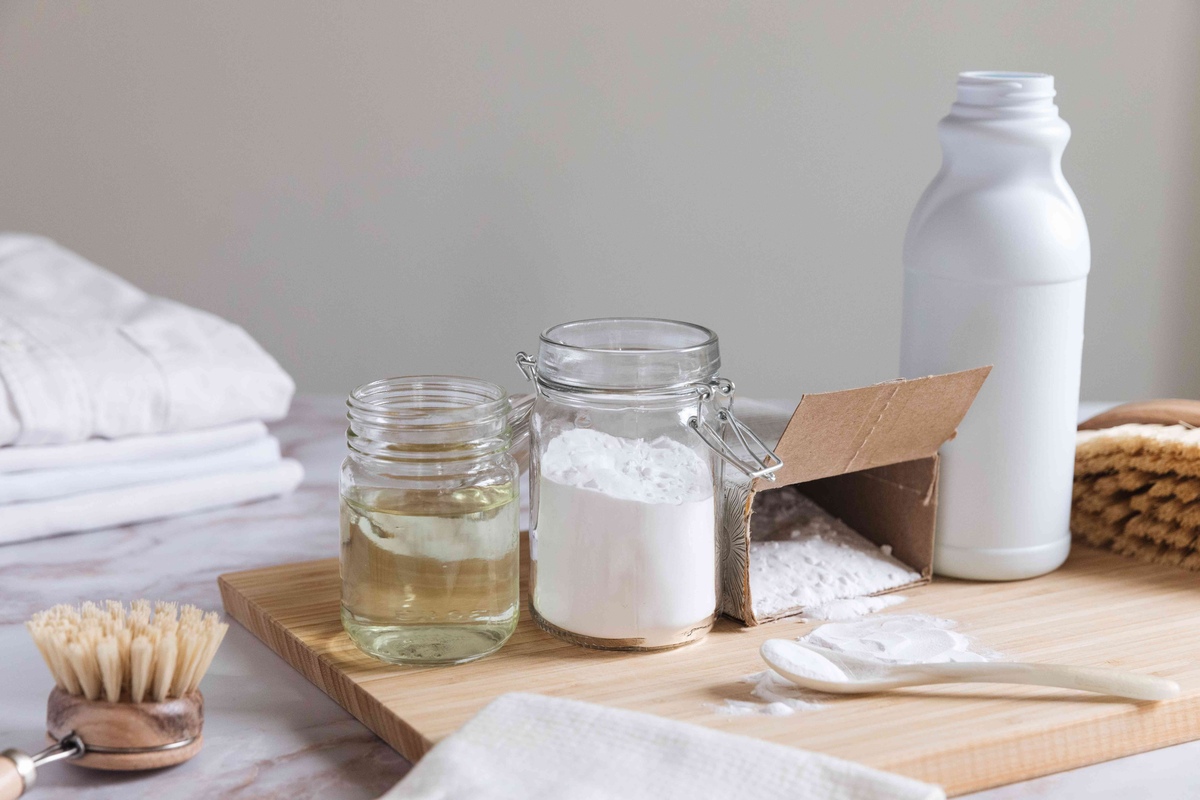

Interior Design
Will Baking Soda Bleach Clothes? Laundry Experts Explain
Modified: December 7, 2023
Learn from laundry experts if baking soda will bleach clothes and discover the truth about its effects. Enhance your interior design knowledge with valuable insights.
(Many of the links in this article redirect to a specific reviewed product. Your purchase of these products through affiliate links helps to generate commission for Storables.com, at no extra cost. Learn more)
Introduction
Welcome to our in-depth guide on the use of baking soda in laundry. Baking soda is a versatile household ingredient that is not only used for baking, but also has surprising benefits when it comes to tackling laundry woes. Many people are curious about its effectiveness in bleaching clothes and removing stubborn stains. In this article, we will explore the role of baking soda in laundry and provide insights from laundry experts on its usage and potential considerations.
But first, let’s understand what baking soda is. Baking soda, also known as sodium bicarbonate, is a natural alkaline substance that is crystalline in form. It has a mild, slightly salty taste and is commonly used as a leavening agent in baking. However, baking soda’s usefulness extends beyond the kitchen, as it possesses properties that make it a valuable addition to your laundry routine.
Key Takeaways:
- Baking soda is not a bleach, but it’s a versatile stain remover and deodorizer. Use it as a pre-soak, direct application, or additive in your laundry routine, but be cautious with delicate fabrics and colors.
- Incorporating baking soda into your laundry routine can be a cost-effective and eco-friendly way to achieve cleaner and fresher clothes. Follow expert tips for optimal results and consult professionals for stubborn stains.
Read more: How To Store Baking Soda
What is baking soda? – Definition and properties of baking soda
Baking soda, also known as sodium bicarbonate, is a chemical compound with the formula NaHCO3. It is a white, crystalline powder that is slightly alkaline in nature. Baking soda is derived from a naturally occurring mineral called trona, which is found in deposits around the world.
One of the key properties of baking soda is its ability to act as a buffer, meaning it can help regulate pH levels. When baking soda comes into contact with acidic substances, such as vinegar or lemon juice, it undergoes a chemical reaction that produces carbon dioxide gas. This reaction helps to neutralize acids and can contribute to the leavening process in baking.
Aside from its pH-regulating properties, baking soda also has gentle abrasive qualities. This makes it effective in removing dirt, grime, and stains from various surfaces, including clothing. Additionally, baking soda has deodorizing properties, as it is able to absorb and neutralize odors.
Furthermore, baking soda is considered safe and non-toxic, making it a popular choice for household cleaning and personal care applications. It is environmentally friendly and often used as an alternative to harsh chemicals found in some commercial cleaning products.
So, how does baking soda fare when it comes to its potential as a bleach alternative in laundry? Let’s explore this topic in more detail.
Can baking soda bleach clothes? – Myths about baking soda as a bleach alternative – Understanding the bleaching process
There is a common misconception that baking soda can bleach clothes, similar to traditional bleaching agents like chlorine bleach or hydrogen peroxide. However, it’s important to understand that baking soda does not possess the same bleaching properties as these harsh chemicals.
Baking soda is not a bleach. Instead, its primary role in laundry is as a cleaning and deodorizing agent. It can help remove dirt, odors, and some stains from clothes, but it does not have the same bleaching power as traditional bleach.
When we talk about bleaching clothes, we are referring to the process of breaking down or removing color from fabric. This can be useful for whitening white garments or lightening the color of dyed clothing. Bleaching agents like chlorine bleach or hydrogen peroxide achieve this by oxidizing color-causing molecules in the fabric.
Baking soda, on the other hand, does not have the ability to chemically alter or remove color from fabrics. It primarily works by physically lifting dirt and stains from the fabric fibers and deodorizing odors, rather than actively changing the color of the fabric itself.
While baking soda may not be a suitable substitute for bleach when it comes to lightening fabric color, it can still have some benefits in the laundry process. In the next section, we will delve into how baking soda can effectively remove stains from clothes.
Does baking soda remove stains? – How baking soda works as a stain remover – Types of stains that baking soda can effectively remove
Yes, baking soda can be effective in removing certain types of stains from clothes. Its mild abrasive nature, alkaline pH, and absorbent properties make it a versatile stain remover. Let’s explore how baking soda works to tackle stains and the types of stains it can effectively remove.
When used as a stain remover, baking soda works by loosening the bonds between the stain molecules and the fabric fibers. Its slightly alkaline pH helps to break down acidic or protein-based stains, making them easier to remove. Baking soda also has gentle abrasive properties, allowing it to lift and scrub away stubborn stains.
Here are some common types of stains that baking soda can help remove:
- Grease and oil stains: Baking soda can absorb oil and grease spots on fabric surfaces. Sprinkle baking soda onto the stain, gently rub it in, and let it sit for a few minutes before washing as usual.
- Food and beverage stains: Whether it’s spilled coffee, tea, red wine, or tomato sauce, baking soda can help lift these stains from fabric. Make a paste by mixing baking soda with a small amount of water, apply it to the stain, and allow it to sit for a while before laundering.
- Body odor stains: Baking soda is well-known for its deodorizing properties. It can help neutralize unpleasant odors, including those caused by sweat. Adding baking soda to your laundry detergent can help freshen up clothes and remove odor-causing bacteria.
- Baby stains: Baking soda can be a gentle and effective option for removing stains from baby clothes, such as spit-up, formula, or diaper leaks. Mix baking soda with water into a paste, apply it to the stain, and let it sit for a while before washing.
While baking soda can be effective in removing various stains, it may not work on all types of stains or heavily set-in stains. In such cases, it is best to consult specific stain removal guides or seek professional advice.
Now that we know how baking soda can help remove stains, let’s explore how to use it effectively in your laundry routine.
Yes, baking soda can help to whiten and brighten clothes, but it is not a true bleach. To use it, add 1/2 cup of baking soda to your laundry detergent for a boost in whitening power.
How to use baking soda in laundry – Preparing the baking soda mixture – Applying baking soda to clothes – Tips for maximizing the effectiveness of baking soda in laundry
Using baking soda in your laundry routine is simple and can provide great results. Here’s a step-by-step guide on how to effectively use baking soda in your laundry:
- Preparing the baking soda mixture: Start by preparing a baking soda mixture. Combine ½ cup of baking soda with warm water in a bowl or bucket, stirring until the baking soda dissolves completely. This mixture will serve as a pre-soak or pre-treatment solution.
- Applying baking soda to clothes: There are a few ways to apply baking soda to your clothes depending on the specific needs:
- Pre-soak: If you’re dealing with heavily soiled or stained clothes, you can pre-soak them in the baking soda mixture. Place the garments in the mixture, ensuring they are fully submerged, and let them soak for about 30 minutes to an hour before proceeding with the regular wash cycle.
- Direct application: For localized stains or odors, you can apply baking soda directly to the affected areas. Make a paste by mixing baking soda with a small amount of water, apply it to the stain or odor source, and gently rub it in. Let it sit for a few minutes before washing as usual.
- As an additive: Simply add ½ cup of baking soda to each load of laundry as an additional detergent booster. This can help enhance the cleaning power of your regular laundry detergent and freshen up your clothes.
- Tips for maximizing the effectiveness of baking soda in laundry: To get the most out of using baking soda in your laundry routine, consider the following tips:
- Test for color fastness: Before using baking soda on colored or delicate fabrics, it’s important to test for color fastness. Apply a small amount of the baking soda mixture or paste to an inconspicuous area of the fabric and check for any adverse reactions.
- Use hot water: Baking soda tends to dissolve more easily in hot water. If the garment’s care instructions allow for it, consider using hot water to maximize the cleaning power of baking soda.
- Combine with vinegar: For extra cleaning and deodorizing power, you can combine baking soda with distilled white vinegar. Add ½ cup of vinegar to your rinse cycle to help remove any residual baking soda and further freshen up your clothes.
- Avoid overuse: While baking soda is safe and non-toxic, using excessive amounts may leave a residue on your clothes. Stick to the recommended quantities and adjust as needed based on the specific stains or odors you are tackling.
By following these steps and tips, you can effectively incorporate baking soda into your laundry routine and achieve clean and fresh-smelling clothes.
However, there are some precautions and considerations to keep in mind when using baking soda in your laundry, which we will discuss in the next section.
Read more: How To Unclog Bathtub With Baking Soda
Precautions and considerations – Potential side effects of using baking soda on clothes – Compatibility of baking soda with different fabrics and colors
While baking soda is generally safe to use in laundry, it’s important to be aware of certain precautions and considerations when incorporating it into your washing routine. Here are a few things to keep in mind:
Potential side effects: Baking soda is typically considered safe and non-toxic, but it may cause some side effects when used on certain fabrics or in excessive amounts. For example:
- Residue: Using too much baking soda or not rinsing it properly may leave a white residue on clothes. This can be more noticeable on dark-colored fabrics.
- Skin irritation: Direct contact with baking soda or prolonged exposure may cause skin irritation, particularly if you have sensitive skin. Use gloves or avoid direct skin contact when handling concentrated baking soda solutions.
Compatibility with fabrics and colors: While baking soda is generally safe to use on most fabrics, it’s always a good idea to check the care label and follow the manufacturer’s instructions. Some specific considerations include:
- Delicate fabrics: Certain delicate fabrics, such as silk or wool, may not tolerate the abrasive nature of baking soda. Test a small, inconspicuous area first and exercise caution when using baking soda on these fabrics.
- Dark or colored fabrics: Baking soda is white in color and may leave a white residue if not rinsed thoroughly. Be cautious when using baking soda on dark or colored fabrics, as the residue may be more noticeable.
To minimize the risk of any potential side effects or fabric damage, it’s always a good idea to follow these precautions:
- Use the recommended quantities of baking soda as directed.
- Check clothing labels for any specific care instructions or warnings regarding the use of baking soda.
- Perform a patch test on an inconspicuous area before applying baking soda to the entire garment.
- Rinse clothing thoroughly to remove any residual baking soda.
By taking these precautions into account and understanding the compatibility of baking soda with different fabrics and colors, you can safely incorporate it into your laundry routine and enjoy its benefits.
Now, let’s wrap up our discussion on the role of baking soda in laundry.
Conclusion – Recap of the role of baking soda in laundry – Final thoughts from laundry experts
In conclusion, baking soda is a versatile and effective ingredient that can be a valuable addition to your laundry routine. While it may not have the bleaching power of traditional agents, baking soda excels in its ability to clean, deodorize, and remove certain stains from clothes.
To recap, here’s a summary of the role of baking soda in laundry:
- Baking soda can help remove various stains, including grease, food, and body odors.
- It works by physically lifting stains and deodorizing fabrics, rather than chemically altering color.
- Baking soda can be used as a pre-soak, pre-treatment, or additive in your laundry routine.
- It is important to follow the recommended quantities and consider fabric compatibility.
- While baking soda is generally safe, excessive use or improper rinsing may cause residue or skin irritation.
When using baking soda in your laundry, it’s always a good idea to consult the care labels on your clothes and perform patch tests when in doubt. Additionally, following the advice and recommendations of laundry experts can help ensure optimal results:
Laundry experts recommend:
- Using baking soda in combination with other laundry detergents for maximum effectiveness.
- Testing baking soda on a small area of your clothes before applying it to the entire garment.
- Being cautious when using baking soda on delicate fabrics or dark-colored clothing.
- Rinsing clothes thoroughly after using baking soda to avoid any residue.
Incorporating baking soda into your laundry routine can be a cost-effective and eco-friendly way to achieve cleaner and fresher clothes. Its multiple uses make it a valuable addition to your arsenal of laundry products.
Remember, while baking soda can be a useful tool, it may not be suitable for all stains or fabric types. If you encounter stubborn stains or are unsure about using baking soda on certain garments, it’s always wise to consult a professional cleaner or refer to specific stain removal guides.
Now it’s time to put your newfound knowledge to use and see how baking soda enhances your laundry routine. Happy cleaning!
Curious about more laundry tips and tricks? Dive into our article on effortless ways to streamline your wash day routine. You'll find practical advice that simplifies even the most daunting laundry tasks. For those battling stubborn marks, check out our guide on effective techniques for pristine toilet seats. Both articles are packed with expert insights that make maintaining your home a breeze.
Frequently Asked Questions about Will Baking Soda Bleach Clothes? Laundry Experts Explain
Was this page helpful?
At Storables.com, we guarantee accurate and reliable information. Our content, validated by Expert Board Contributors, is crafted following stringent Editorial Policies. We're committed to providing you with well-researched, expert-backed insights for all your informational needs.
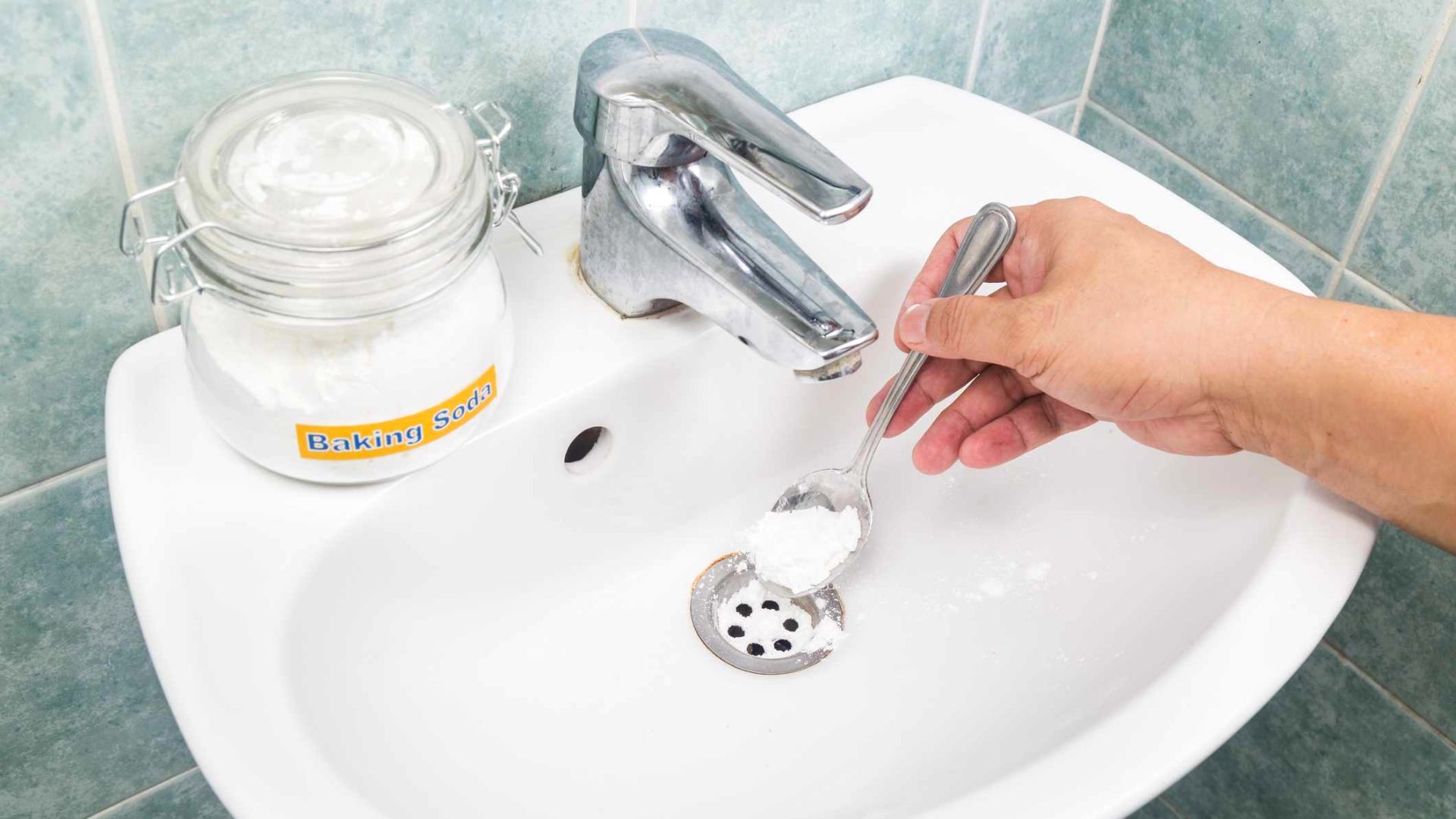
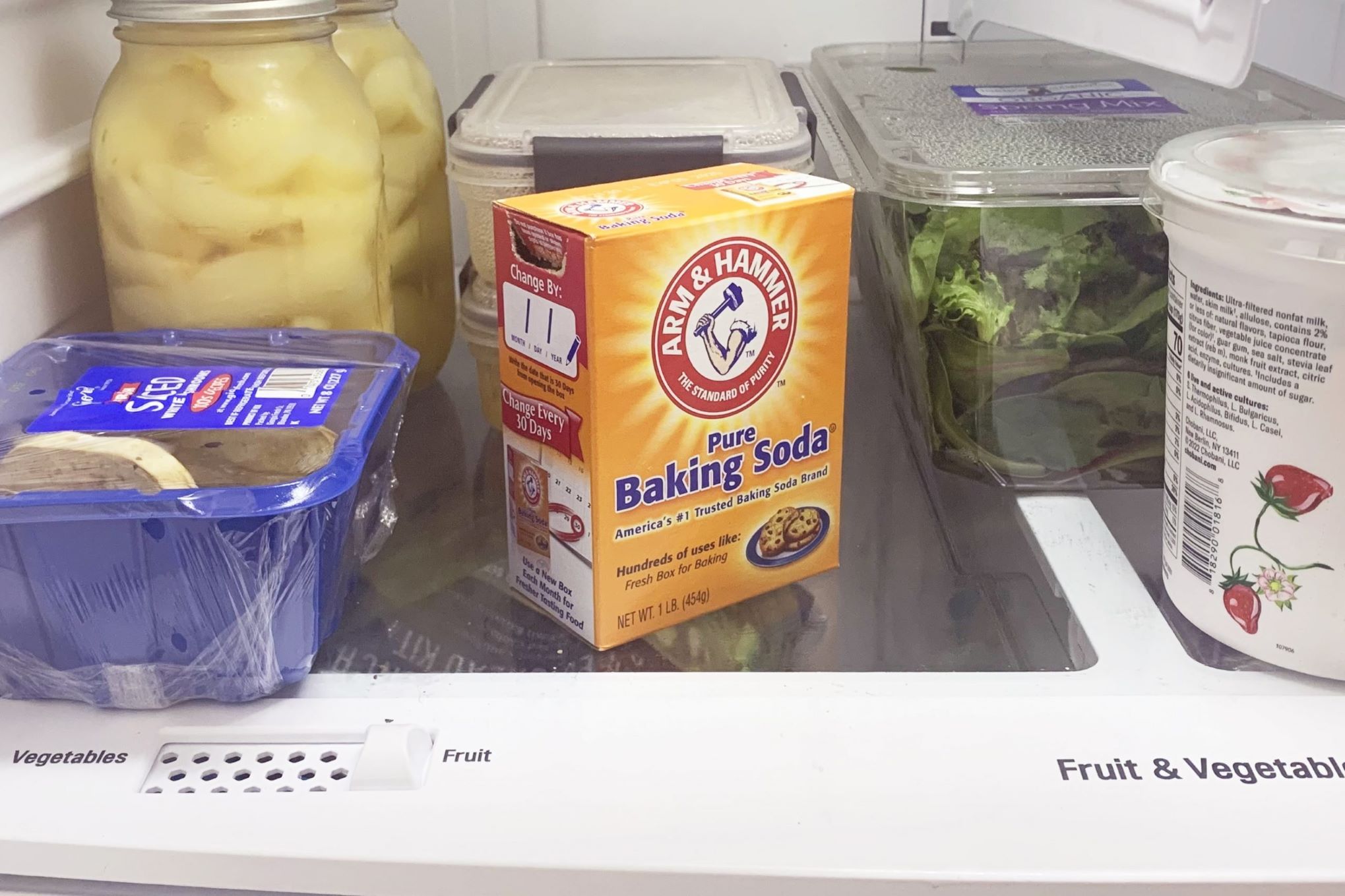
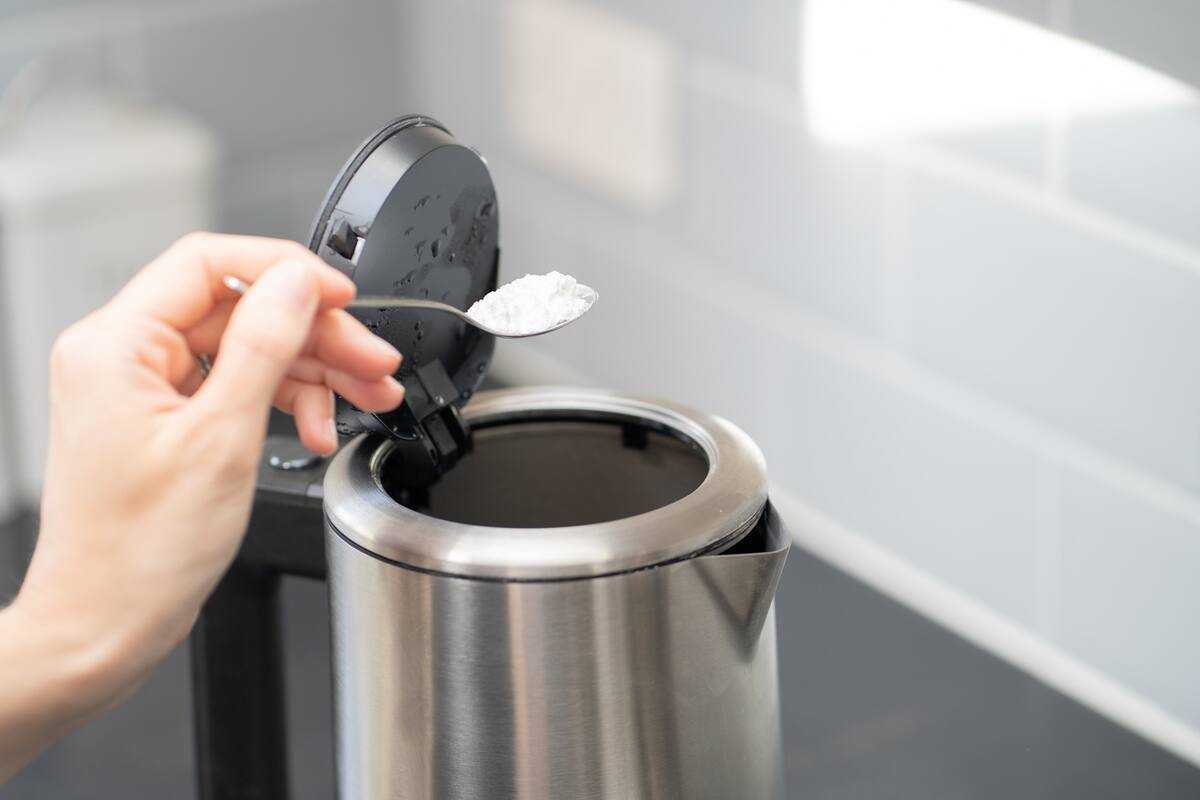
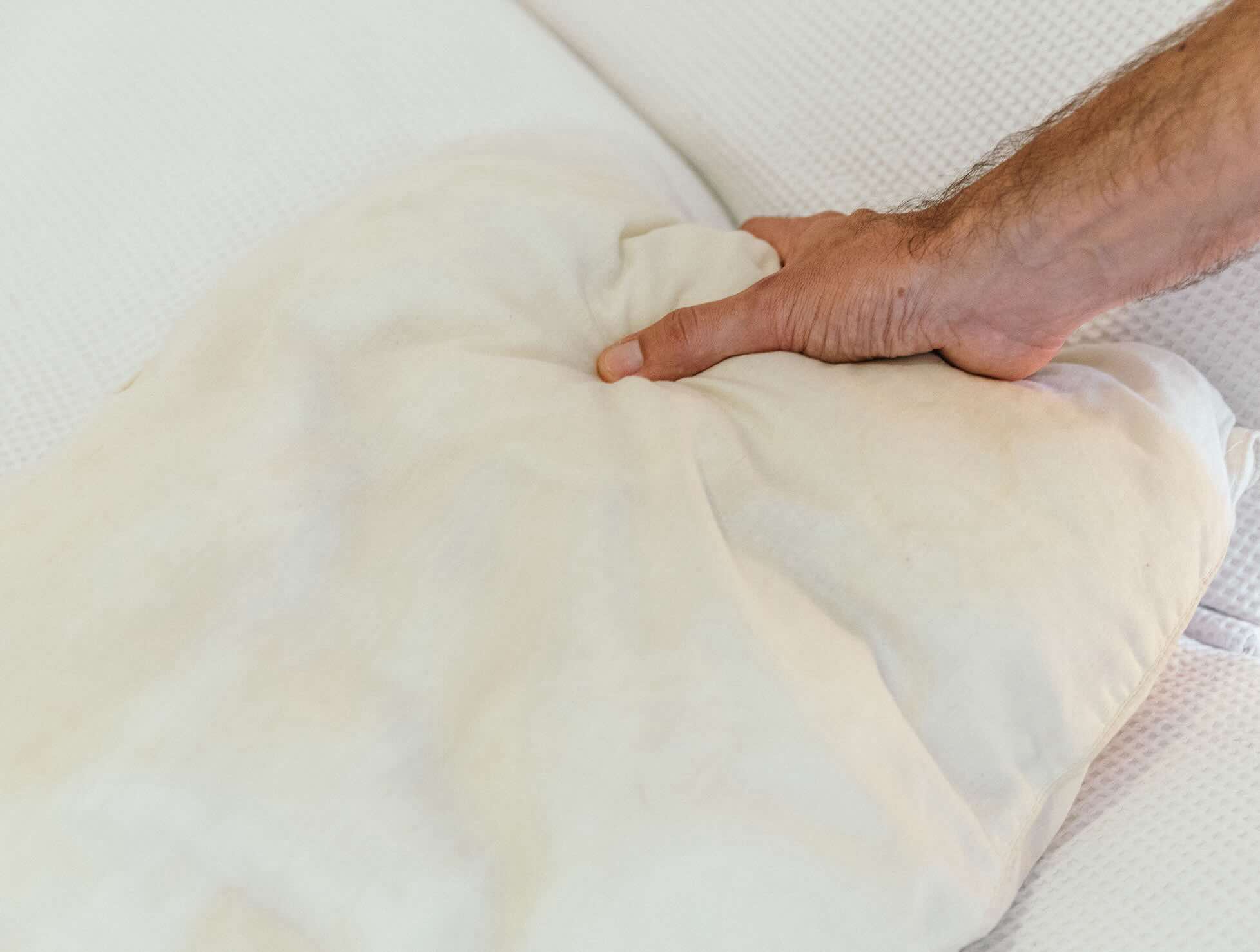
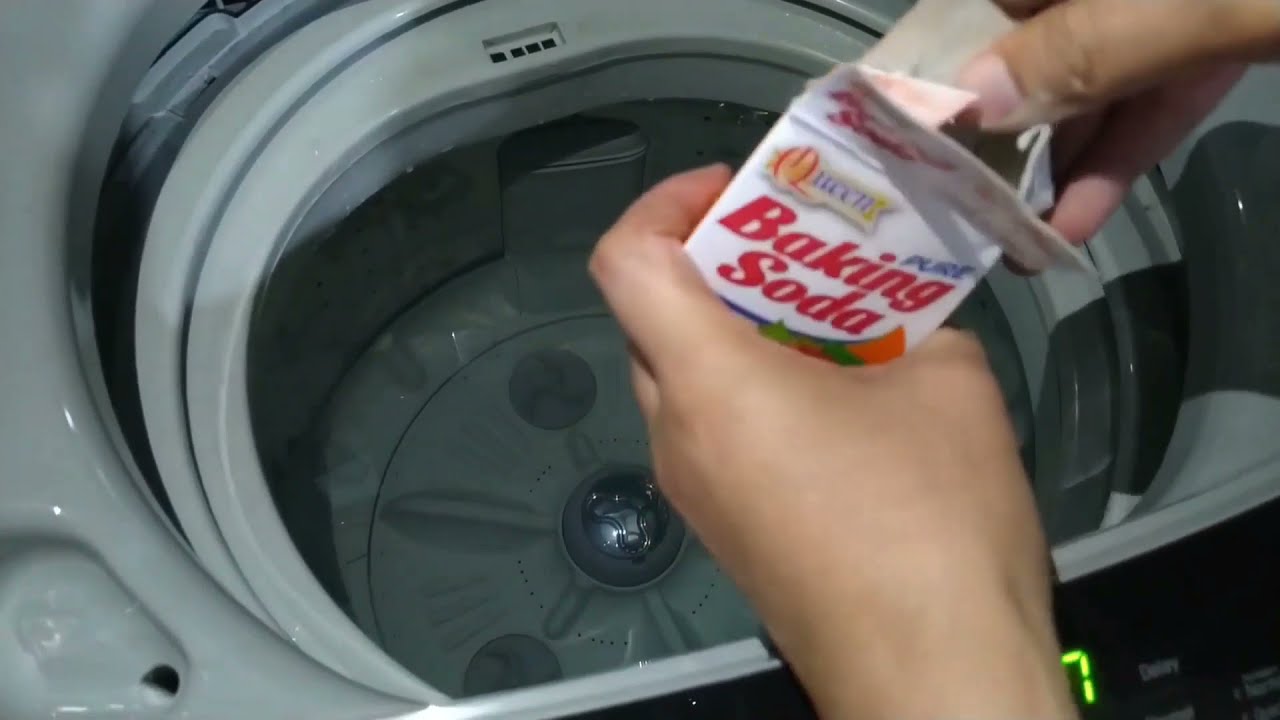
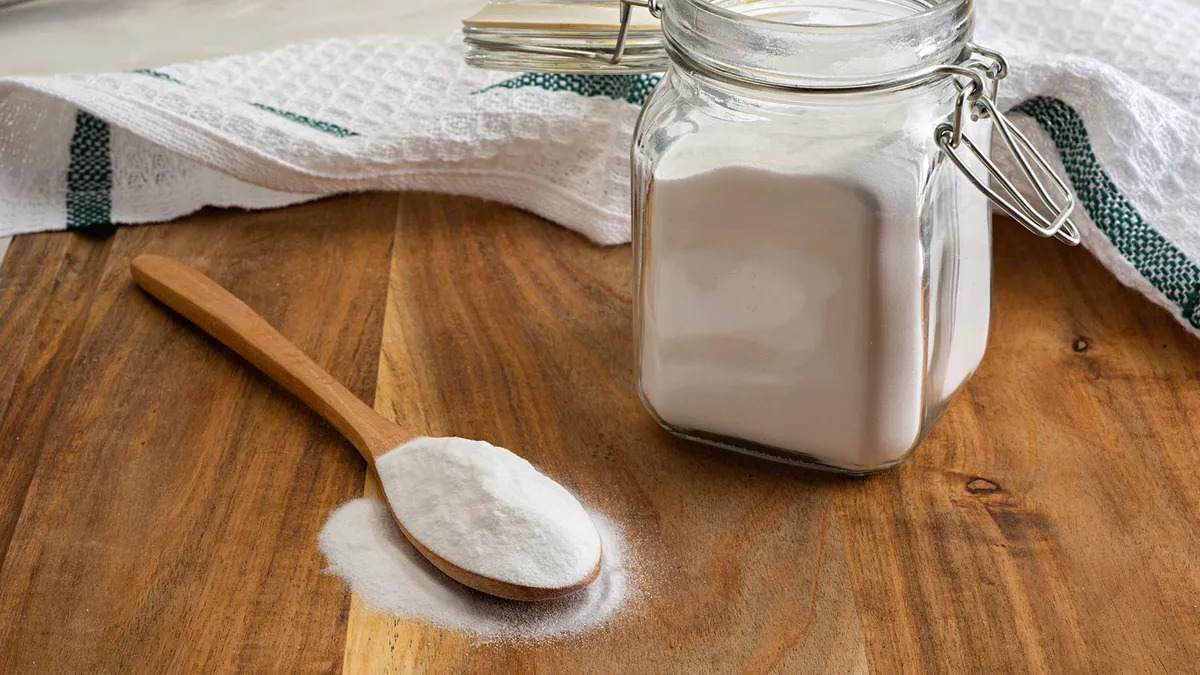
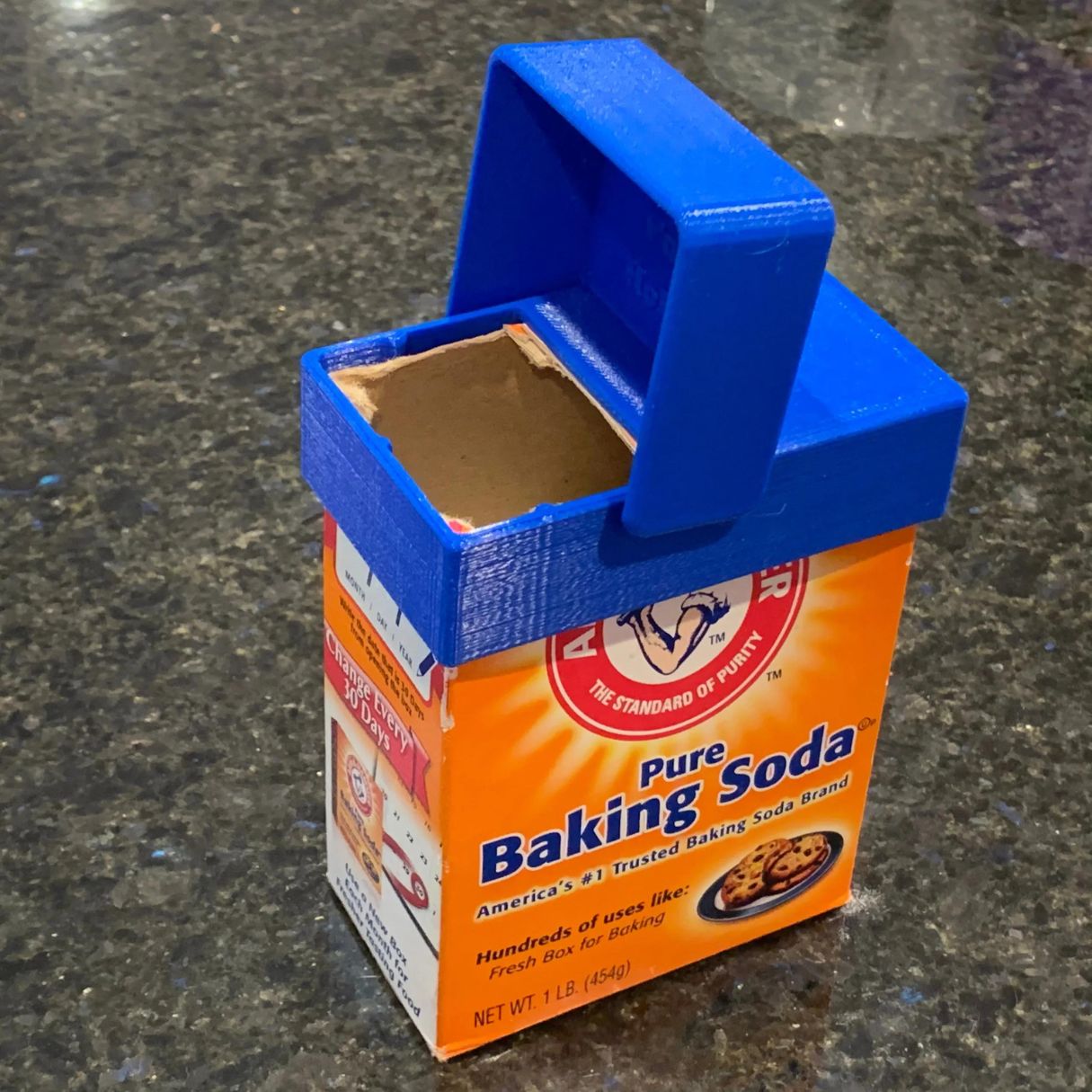
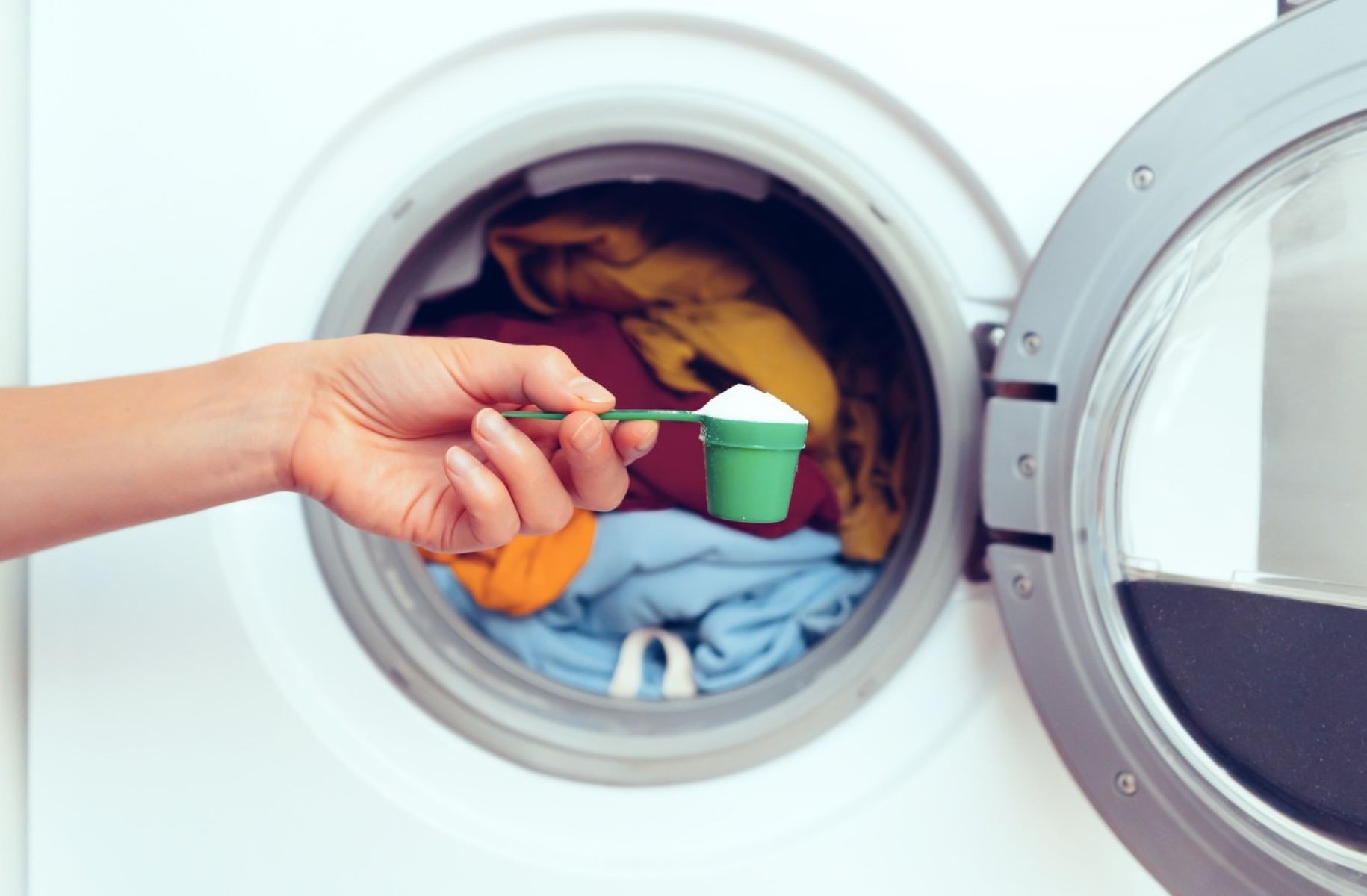
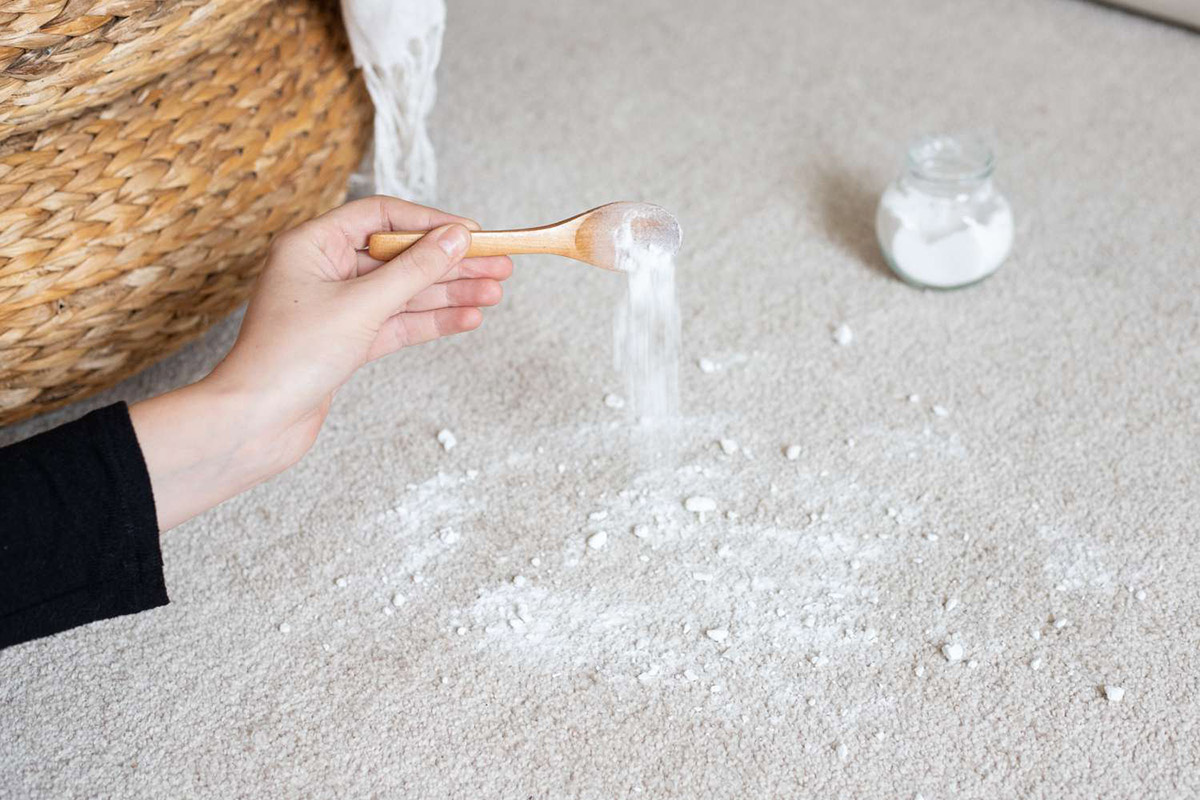
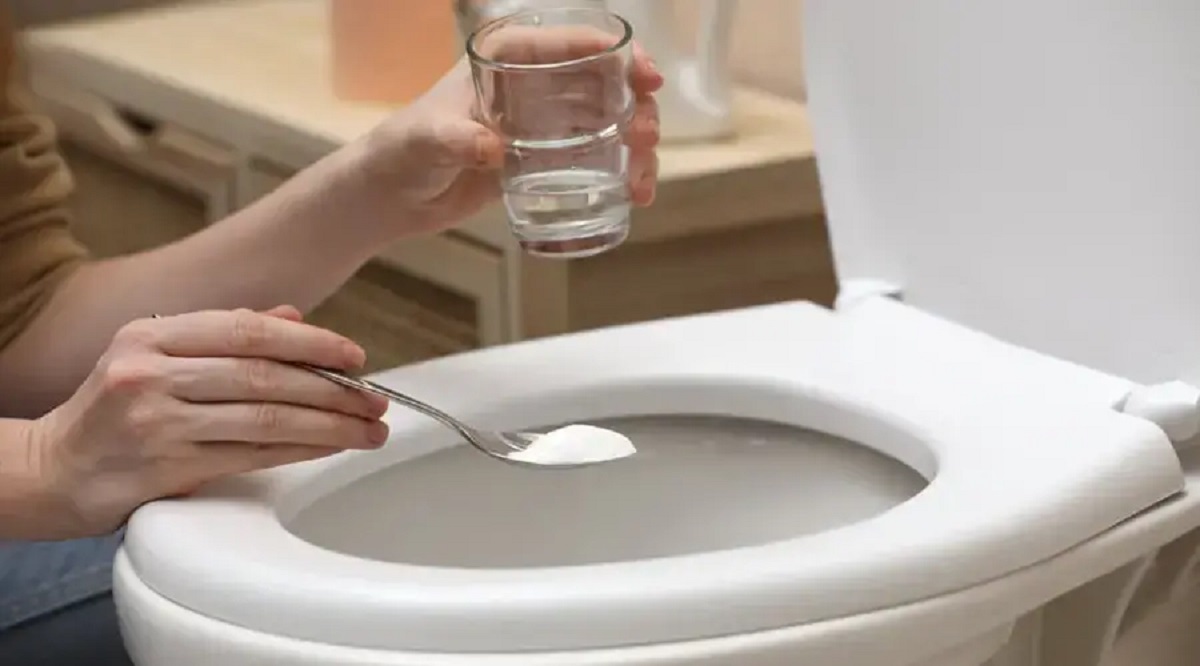
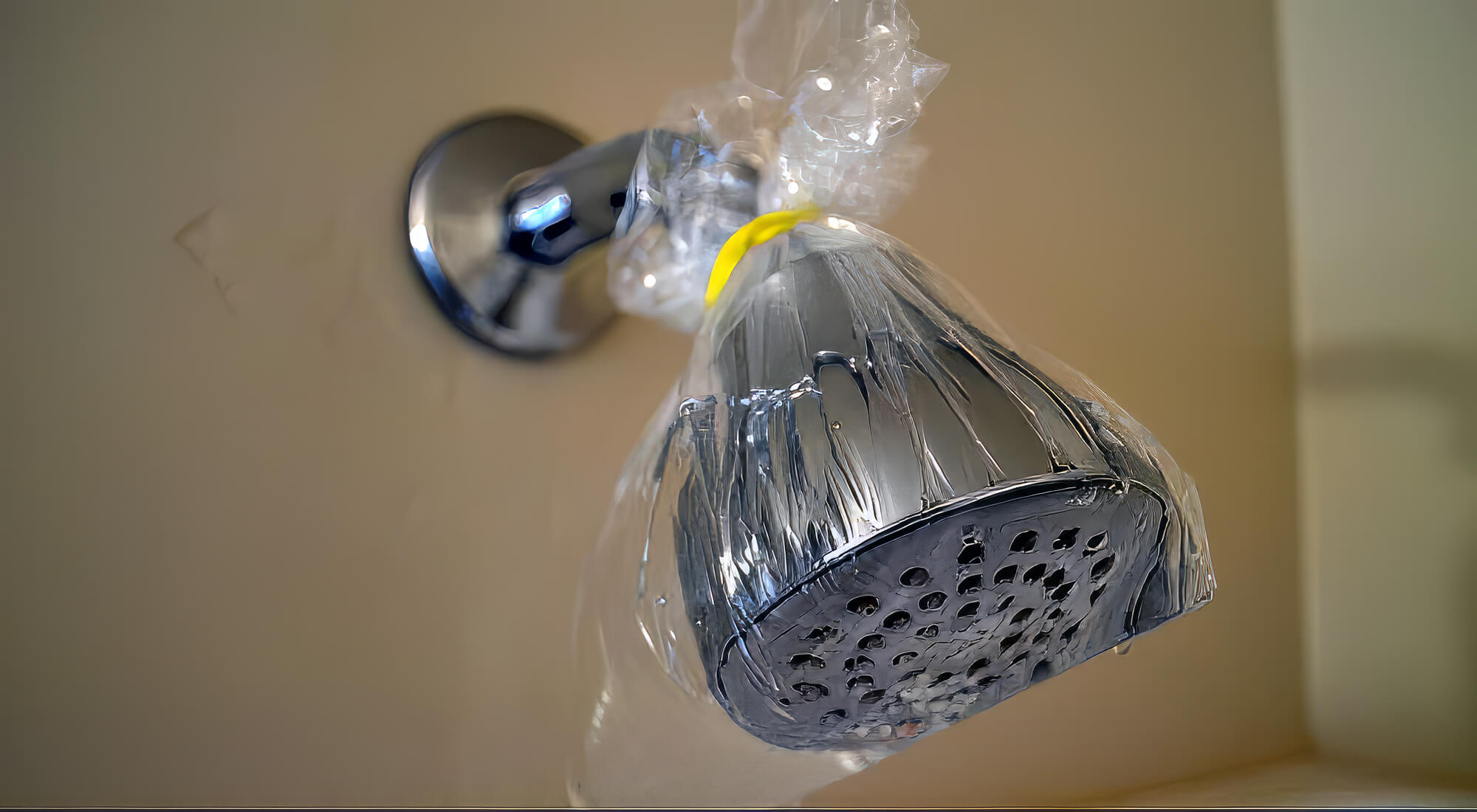
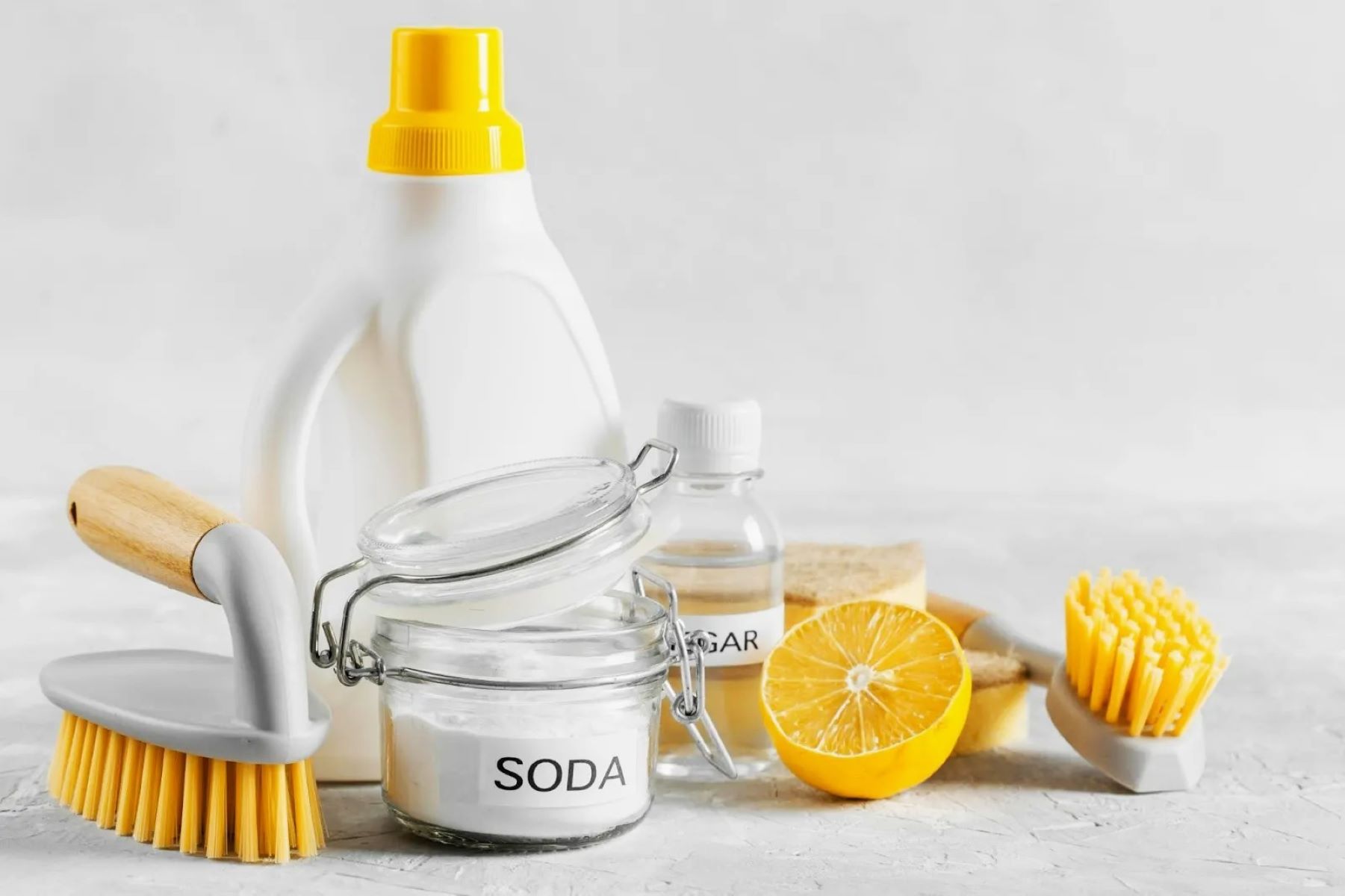
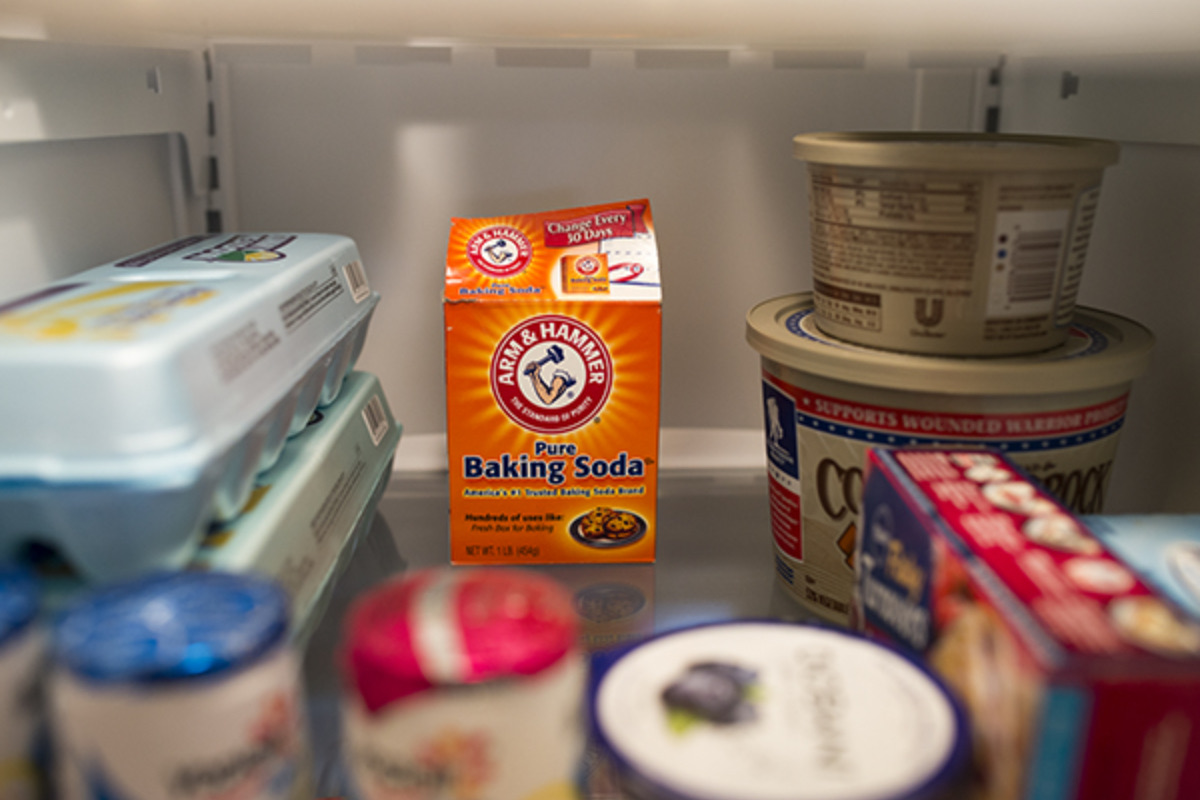
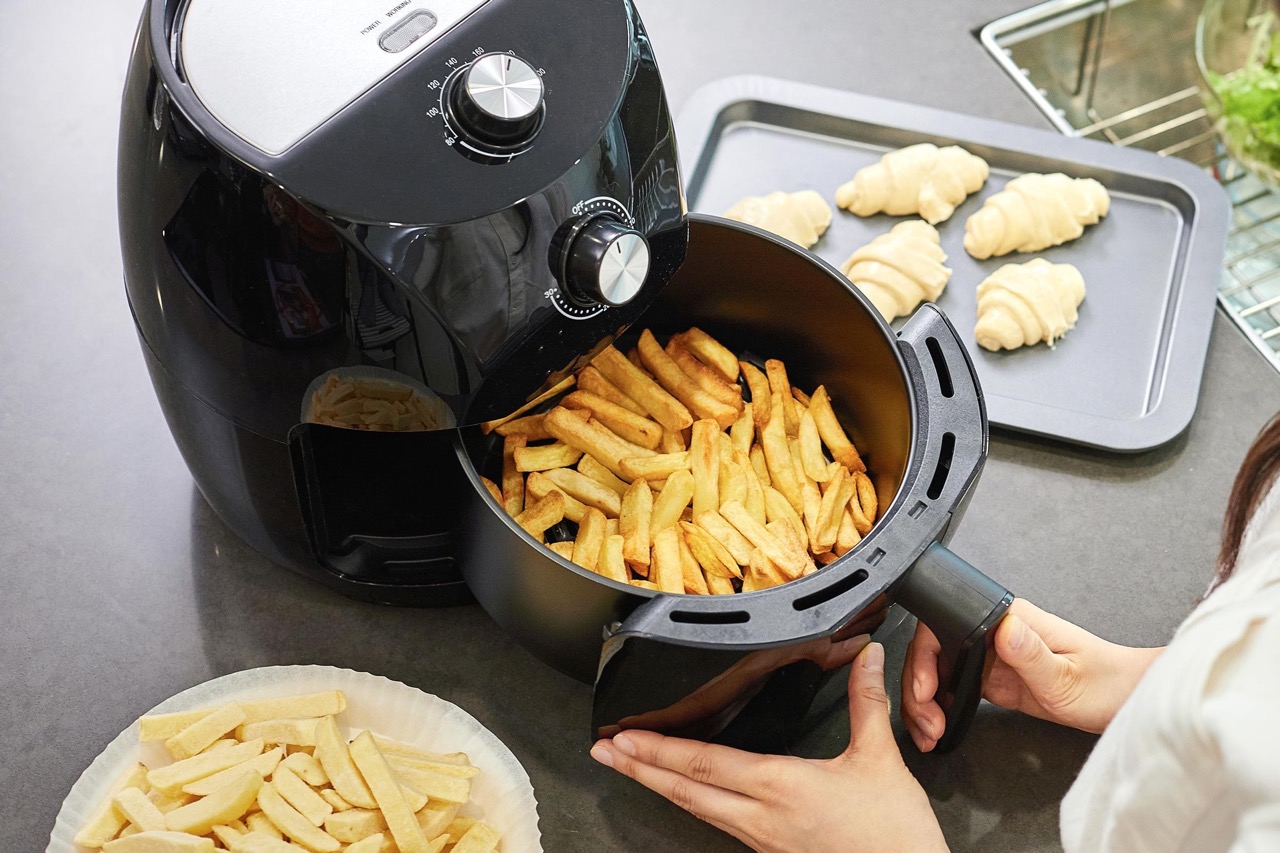

0 thoughts on “Will Baking Soda Bleach Clothes? Laundry Experts Explain”